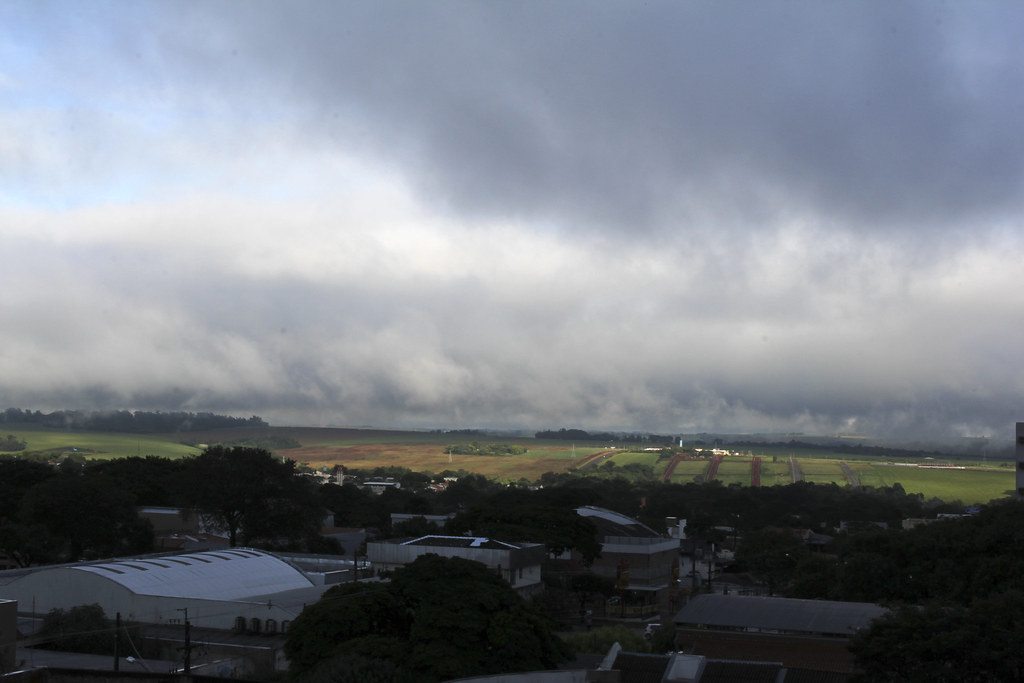A Comprehensive Overview of the July 26 Congressional Hearing
The recently concluded Congressional Hearing on Unidentified Aerial Phenomena (UAP) failed to provide any groundbreaking revelations or new information. While there was much talk about transparency and national security, little was said about the sources, sightings, or results of investigations. The absence of concrete evidence left the audience with intriguing tales that may be more fiction than fact.
One of the key questions raised during the hearing was whether UAPs pose a threat to national security. Commander David Fravor, a Navy pilot involved in a tic-tac sighting, unequivocally stated that the technology they encountered was far superior to anything the US had. He emphasized that if one were to reverse engineer such a craft, it could potentially give us a significant advantage in space exploration and warfare.
The issue of hidden information was also discussed, but without any specifics. David Grusch, an alleged whistleblower, briefly touched upon classified matters but failed to provide any evidence to support his claims. His assertion that he had interviewed over 40 witnesses over four years and shared their testimonies with the Inspector General did not provide any new insights.
Representative Tim Burchett inquired about harm caused by UAPs, to which Grusch responded affirmatively but seemed to refer to personal interference and bullying rather than physical harm. This aligns with accounts from firsthand witnesses who have reported threats related to the Roswell UFO crash. These cases have been documented extensively and include the names of military personnel, the sheriff, and civilians.
Burchett further questioned Grusch about instances of murder related to UAPs. While Grusch couldn’t provide a direct answer publicly, he claimed to have directed individuals with such knowledge to the appropriate authorities and expressed a willingness to discuss it in closed hearings. Unfortunately, no further details were provided regarding the identities of the victims or the progress of the investigations.
Grusch continued to be evasive throughout the hearing, offering no substantive information despite repeated requests for specifics. He hinted at the existence of individuals with direct knowledge of non-human craft, but this claim is not unique, as other researchers, including the author of this article, have also interviewed firsthand witnesses who can corroborate such accounts.
When questioned about crash sites and imagery, Grusch again refrained from providing any additional details beyond what he had already shared publicly. This pattern of avoiding specifics was consistent throughout the hearing, leaving many questions unanswered.
A noteworthy question posed by Representative Burchett concerned when the US first became aware of these non-human craft. Grusch preferred to use the term “non-human” rather than denoting origin, as it keeps scientific possibilities open. Although he mentioned the 1930s, alluding to the alleged 1933 Italian crash, it’s important to note that even if true, the US would have only learned about it in the mid-1940s.
The most anticipated moment of the hearing was when Grusch was asked for names and titles of individuals with direct firsthand knowledge of crash retrievals. However, he disappointingly reiterated that he couldn’t discuss this publicly but claimed to have provided the information to the intelligence committees and the Inspector General. This lack of transparency left the audience wanting more.
Another witness, Ryan Graves, a Navy pilot, mentioned interviewing around thirty other pilots about their encounters with UAPs but did not provide any names. He did mention a significant sighting at Edwards Air Force Base by Boeing engineers and contractors, but it did not contribute substantially to the existing knowledge on the subject.
It is worth highlighting that the author of this article has extensively studied UFO sightings over Washington, D.C., including interviews with Air Force pilots involved in attempted intercepts of UFOs. The Project Blue Book files also contain a high number of reports from pilots who encountered UFOs. Since the closure of Blue Book, hundreds more pilots have reported similar sightings. The author even interviewed an alternate pilot on Air Force One during the Kennedy administration who claimed to have personally witnessed a domed disk flying alongside his fighter.
In a curious moment, Representative Eric Burlison expressed disbelief that advanced interstellar travelers could crash their crafts. He failed to think that these crafts might not have traveled billions of light years but rather from the closest star system, which is just 4.1 light years away. While interstellar travel remains beyond our capabilities, Burlison’s point was irrelevant and did not contribute to the discussion.
In conclusion, the Congressional Hearing on UAPs failed to provide any groundbreaking information or new evidence. The emphasis on transparency and national security overshadowed the lack of concrete details and left the audience wanting more. The testimony of witnesses, including alleged whistleblowers, did not offer any significant breakthroughs, and many questions remained unanswered. The hearing served as a reminder that the search for answers regarding UAPs continues, and further investigations are necessary to uncover the truth.
